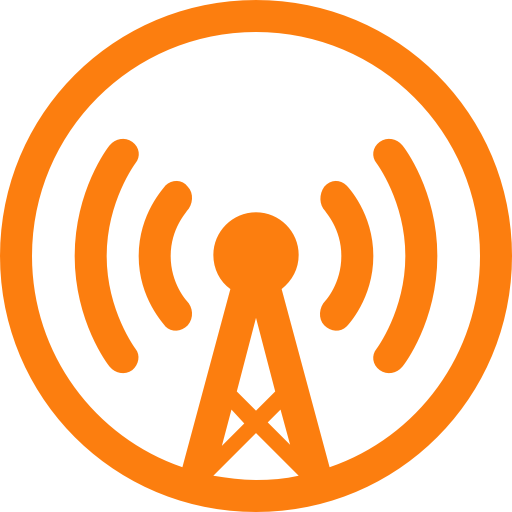Listen to this episode
On this episode
In this short episode, Rachel talks about becoming more productive in life and work by escaping the urgency trap. She discusses the principles of the Urgent-Important Matrix and how it can help us assess the urgency and importance level tasks. She then shares how to begin doing gradual deep work towards a bigger goal.
If you want to know how to escape the urgency trap and become more productive in life and work, stay tuned to this episode.
Show links
Download our Overwhelm SOS Toolkit
Deep Work by Cal Newport
Feeling overwhelmed? Reach out to Rachel at hello@youarenotafrog.com
Sign up to get your CPD workbook for this episode
Reasons to listen
- Learn about the concept of the urgency trap.
- Identify tasks you should focus on using the Urgent-Important Matrix.
- Find out the power of doing deep work.
Episode highlights
On ‘Managing’ Time
Urgent-Important Matrix
Urgency Trap
Navigating the Urgency Trap
The Power of Deep Work
Doing Deep Work
Episode transcript
Rachel Morris: This is a You are Not a Frog quick tip, a tiny taster of the kinds of things we talk about on our full podcast episodes. I’ve chosen today’s topic to give you a helpful boost in the time it takes to have a cup of tea, so you can return to whatever else you’re up to feeling energised and inspired. For more tools, tips and insights to help you thrive at work, don’t forget to subscribe to You are Not a Frog wherever you get your podcasts. Today, I’m going to talk to you about the urgency…









